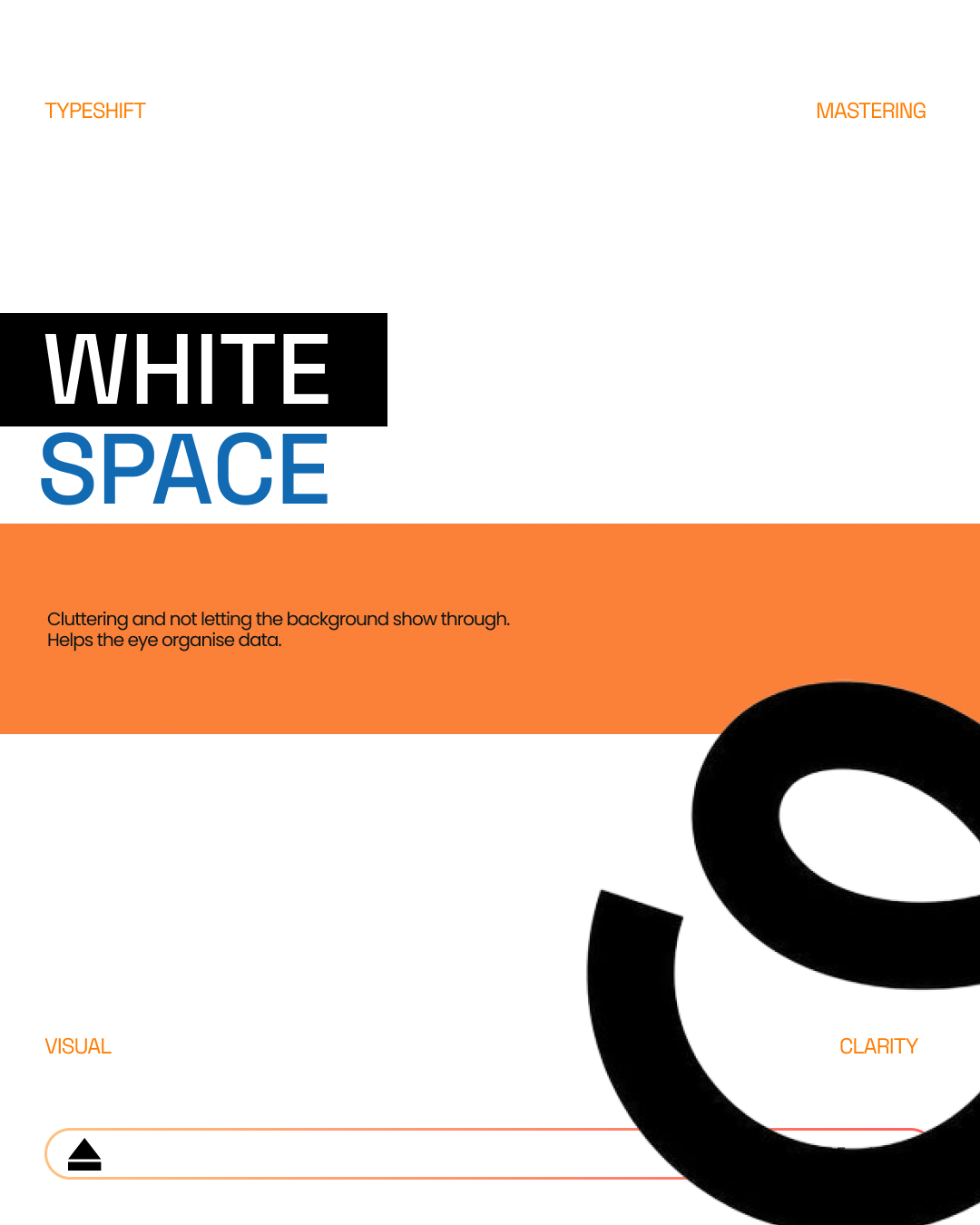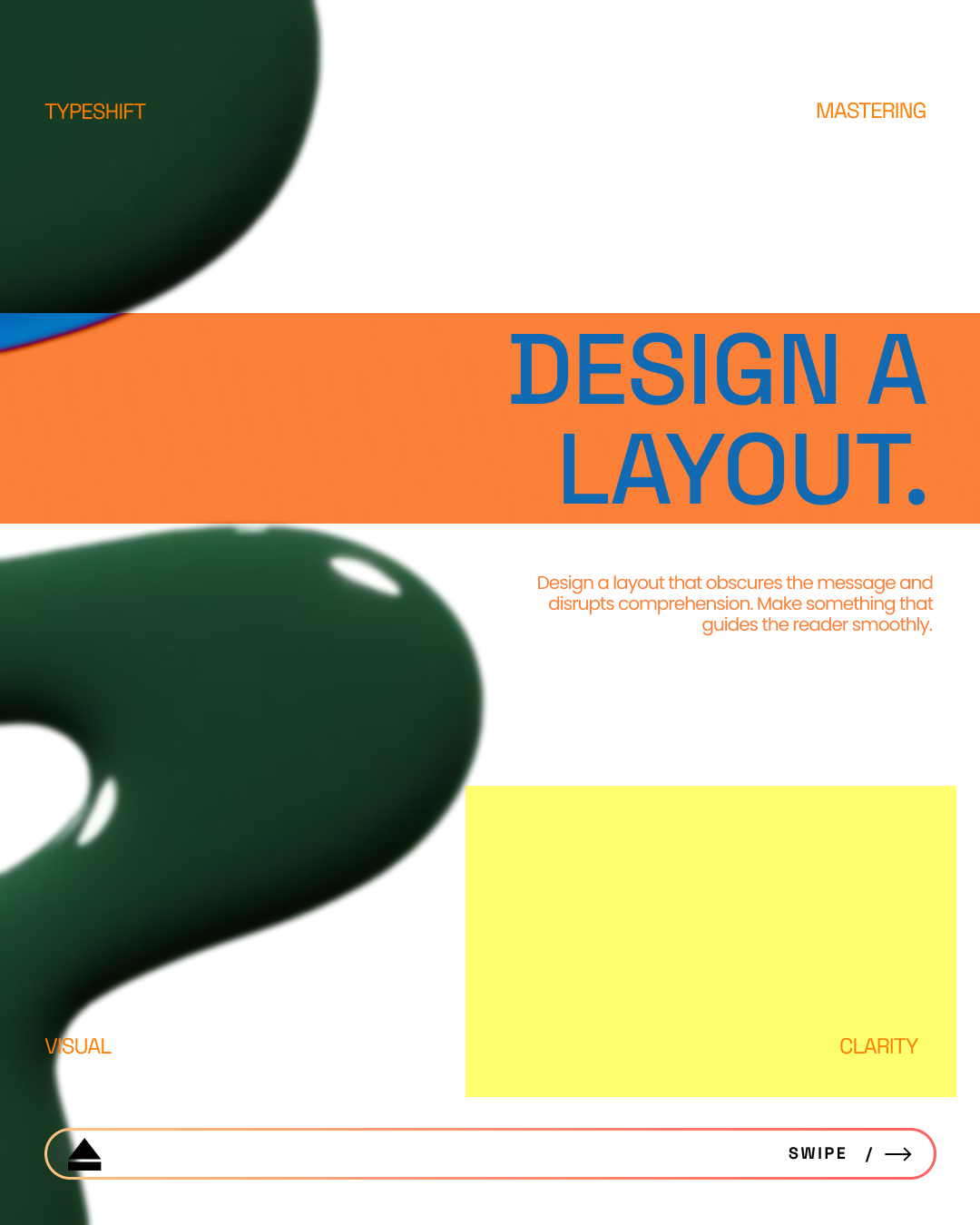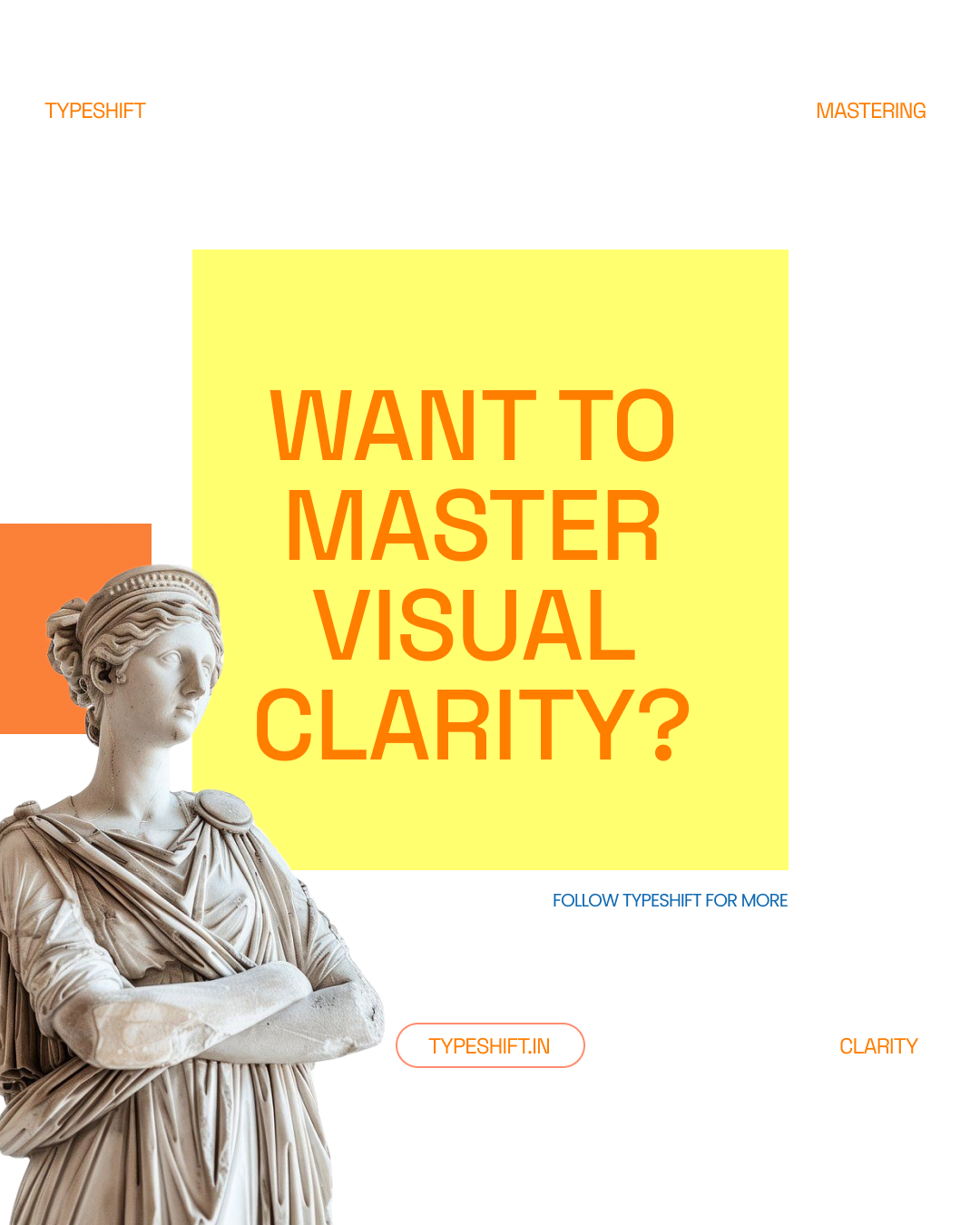Bottom Line Up Front: Visual confusion costs businesses 40% in conversion rates and increases customer acquisition costs by 65%. Clear visual communication isn't about looking pretty—it's about making complex information instantly understandable. Here's how to achieve visual clarity that actually drives business results.
Your potential customer lands on your website. They have 50 milliseconds to understand what you do before deciding whether to stay or leave. Your competitor's site communicates their value proposition instantly. Yours requires detective work.
Guess who gets the business?
Visual clarity isn't a design luxury—it's a business necessity. Every visual element either helps customers understand your value or creates friction that drives them away. Most businesses fail at visual clarity because they prioritize aesthetics over communication effectiveness.
Let's fix that.
What Visual Clarity Actually Means
Visual clarity is the strategic use of design elements to communicate information quickly and effectively. It's the difference between customers understanding your message in seconds versus minutes—or not understanding it at all.
Visual clarity encompasses:
- Information hierarchy (what customers see first, second, third)
- Message prioritization (emphasizing important information)
- Cognitive load reduction (making complex ideas simple)
- Action guidance (directing customers toward desired behaviors)
- Brand consistency (creating predictable visual patterns)
Companies with clear visual communication see 47% higher revenue growth because customers can quickly understand and act on their offerings.
The Hidden Cost of Visual Confusion
Conversion Rate Impact
Confusing visuals reduce conversion rates by 35-40%. When customers can't quickly understand your value proposition, they leave for competitors who communicate more clearly.
Customer Acquisition Efficiency
Visual confusion increases customer acquisition costs by 65% because you need more touchpoints to communicate the same information that clear visuals could convey immediately.
Sales Cycle Length
B2B companies with unclear visual communication experience 23% longer sales cycles because prospects need additional meetings to understand their offerings.
Brand Perception
Visually confusing brands are perceived as 45% less trustworthy and 38% less professional, directly impacting pricing power and market positioning.
The data is clear: Visual confusion is expensive. Visual clarity drives revenue.

Common Visual Clarity Mistakes That Kill Conversions
Mistake 1: Information Overload
The Problem: Cramming every feature, benefit, and detail onto one page or slide. The Impact: Overwhelmed customers make no decision rather than the wrong decision. The Fix: Use the 5-second rule—can a first-time visitor understand your main value proposition in 5 seconds? If not, simplify.
Mistake 2: Weak Visual Hierarchy
The Problem: Everything looks equally important, so nothing feels important. The Impact: Customers don't know where to focus attention or what action to take next. The Fix: Use size, color, contrast, and spacing to create clear information priority levels.
Mistake 3: Inconsistent Visual Language
The Problem: Different colors, fonts, and styles across pages, materials, and platforms. The Impact: Customers expend mental energy reconciling visual differences instead of focusing on your message. The Fix: Establish and maintain consistent visual standards across all touchpoints.
Mistake 4: Feature-Heavy Communication
The Problem: Leading with product features instead of customer benefits. The Impact: Customers struggle to understand why your features matter to their specific situation. The Fix: Transform features into benefit-focused visual communication that shows outcomes, not capabilities.
Mistake 5: Poor Content Organization
The Problem: Related information scattered across different sections or pages. The Impact: Customers can't build complete understanding of your offering. The Fix: Group related information logically and create clear navigation pathways.

The TypeShift Visual Clarity Framework
Layer 1: Strategic Clarity
Before touching any design elements, establish communication priorities:
Primary Message: What's the single most important thing customers should understand about your business? Secondary Messages: What supporting information helps customers make decisions? Action Priorities: What specific actions should customers take, and in what order? Audience Context: What's your customers' knowledge level and attention span when encountering your content?
Layer 2: Information Architecture
Organize content based on customer decision-making processes, not internal company structure:
Problem Recognition: Help customers identify challenges you solve Solution Evaluation: Clearly explain your approach and methodology Provider Selection: Demonstrate why you're the best choice Implementation Confidence: Show how the process works and what results to expect
Layer 3: Visual Hierarchy Systems
Create systematic approaches to information prioritization:
Typography Hierarchy: Use font sizes, weights, and styles to signal information importance Color Coding: Assign specific colors to different types of information or actions Spacing and Layout: Use white space to group related elements and separate different concepts Visual Emphasis: Apply contrast, color, and size strategically to guide attention
Layer 4: Clarity Testing and Optimization
Validate visual clarity with actual customers, not internal teams:
5-Second Test: Show your page/material for 5 seconds and ask what people remember First Impression Audit: What do first-time visitors understand immediately? Comprehension Validation: Can customers explain your value proposition after viewing your materials? Action Clarity: Do customers know what they should do next?

Practical Visual Clarity Techniques
1. The Inverted Pyramid Structure
Concept: Present most important information first, supporting details second, background information last. Application: Lead with customer outcomes, follow with methodology, end with company credentials. Business Impact: 67% faster customer comprehension and 34% higher conversion rates.
2. Progressive Disclosure
Concept: Reveal information in stages based on customer interest and decision readiness. Application: Overview → Details → Implementation → Results Business Impact: Reduces cognitive overload while maintaining comprehensive information access.
3. Visual Anchoring
Concept: Use consistent visual elements to help customers navigate complex information. Application: Consistent icons, colors, or layouts for similar types of content across all materials. Business Impact: 45% improvement in information retention and recall.
4. Benefit-Focused Visualization
Concept: Transform abstract concepts into concrete, relatable visual representations. Application: Show outcomes and results rather than processes and features. Business Impact: 52% increase in customer engagement and interest.
5. Cognitive Load Management
Concept: Minimize mental effort required to process information. Application: Limit choices, reduce text density, use familiar visual patterns. Business Impact: 38% reduction in decision fatigue and abandonment rates.
Industry-Specific Visual Clarity Applications
B2B Services
Challenge: Complex solutions that require extensive explanation Solution: Process visualization, outcome-focused infographics, step-by-step clarity Key Elements: Clear service descriptions, client result showcases, implementation timelines
Professional Services
Challenge: Abstract value propositions and intangible outcomes Solution: Case study visualization, methodology frameworks, credibility indicators Key Elements: Expertise demonstration, client success stories, clear engagement processes
Technology Companies
Challenge: Technical complexity that confuses non-technical buyers Solution: Benefit translation, use case scenarios, simplified feature presentation Key Elements: Problem-solution mapping, user-friendly explanations, ROI demonstrations
Local Businesses
Challenge: Standing out in crowded markets with limited differentiation Solution: Clear value propositions, local credibility signals, easy contact methods Key Elements: Service clarity, location prominence, customer review integration
Measuring Visual Clarity Effectiveness
Quantitative Metrics
- Time to comprehension (how quickly customers understand your value)
- Conversion rate improvements (clarity driving action)
- Engagement depth (time spent with your content)
- Bounce rate reduction (customers staying to learn more)
Qualitative Indicators
- Customer feedback clarity (can they explain your value back to you?)
- Sales conversation efficiency (fewer meetings needed to close deals)
- Referral quality (referred customers understand your value immediately)
- Competitive differentiation (customers can articulate why you're different)
Implementation Roadmap for Better Visual Clarity
Week 1: Audit Current State
Evaluate existing materials for visual confusion points and clarity gaps.
Week 2: Establish Communication Priorities
Define primary messages, secondary information, and action priorities.
Week 3: Redesign Information Architecture
Reorganize content based on customer decision-making processes.
Week 4: Implement Visual Hierarchy
Apply typography, color, and layout systems that guide attention effectively.
Month 2: Test and Iterate
Validate clarity improvements with actual customers and refine based on feedback.
Month 3: Scale Across Touchpoints
Apply visual clarity principles consistently across all customer-facing materials.
The TypeShift Advantage: Clarity That Converts
Unlike design agencies that prioritize aesthetic appeal, TypeShift focuses on visual clarity that drives business results. We understand that beautiful designs that confuse customers cost money, while clear communication that guides action generates revenue.
Our visual clarity process starts with understanding your customers' decision-making journey, then designs visual systems that accelerate comprehension and action. We measure success by conversion improvements and sales efficiency, not design awards.
Every visual element serves a strategic communication purpose. Every design decision connects to measurable business outcomes.
Ready to transform confusing visuals into clear competitive advantage? Stop losing customers to visual confusion and start converting them with strategic clarity. Contact TypeShift for visual communication that actually drives business growth.
